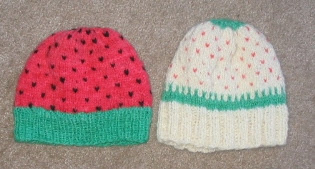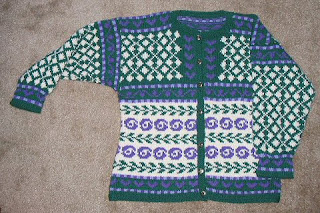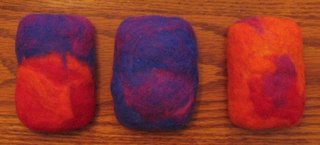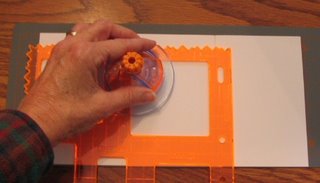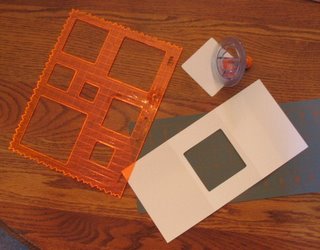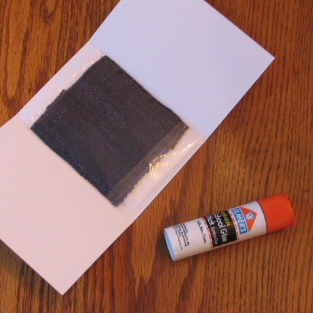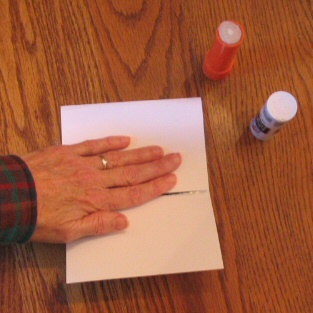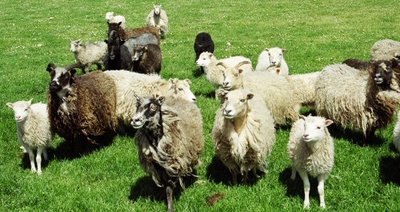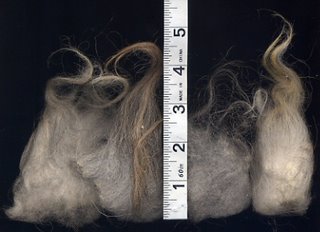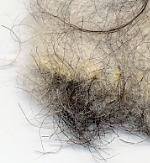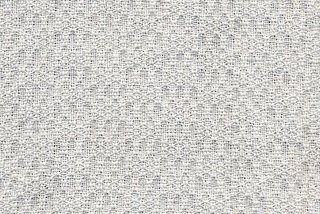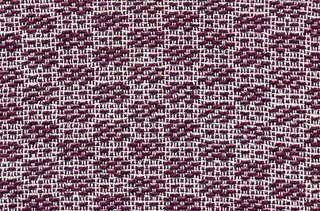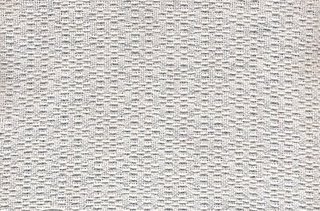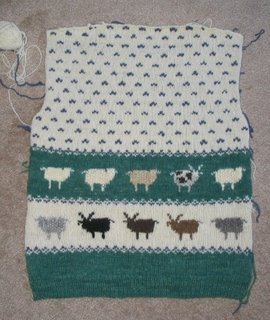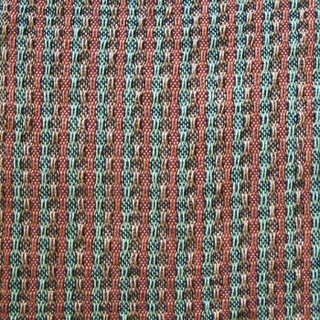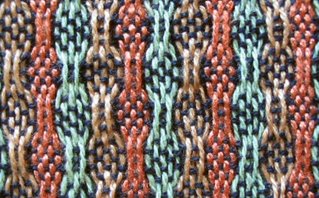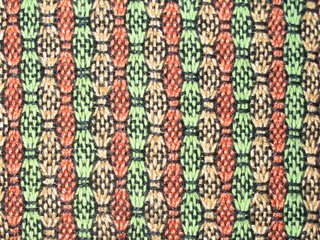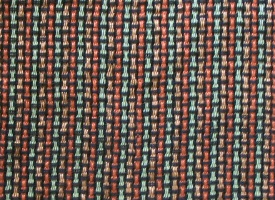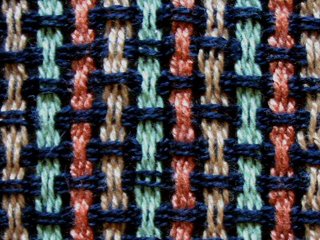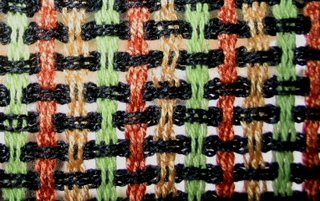Whew. The holiday weekend has been long and continues to be exceptionally busy. We've had a full house, full tummies, and full hearts. My focus has been on family and friends; consequently, I haven't been on the computer much, nor made progress on the fiber front.
Knitting has progressed no more than a few rows beyond this. Not because I haven't been working on it, but because the spacing between the rightmost sheep and the lamb bugged me so much that I frogged it and have been reknitting, one stitch closer together. Bibliotecaria's comment verbalized something I was musing over, so I took the plunge to reknit.
My decision to do things like this usually boils down to this: which is worse; the thought of having to re-do an entire section of a project, or having to live with the regret that I didn't do something about it while I had the chance. I haven't caught up yet to where I was when I decided to do this, but hope to make good progress over the next several days.
For spinning, I am getting anxious to start on this, which was dark to photograph and therefore difficult to see.......
 ........10 ounces of luscious raw black Rambouillet, received in a trade with Dianna. It is a new breed for me, and I am looking forward to making my wheel sing with it.
........10 ounces of luscious raw black Rambouillet, received in a trade with Dianna. It is a new breed for me, and I am looking forward to making my wheel sing with it.Weaving. Well, I wish I had more to report, but the loom only looks like this:
 Since completing the Lace Weaving Workshop last November, it has been on my mind to go back over the workshop notes and explore what I learned in greater depth. My plan is to start back at the beginning, with huck. But this time, instead of weaving samplers, I plan to weave a series of dish towels.
Since completing the Lace Weaving Workshop last November, it has been on my mind to go back over the workshop notes and explore what I learned in greater depth. My plan is to start back at the beginning, with huck. But this time, instead of weaving samplers, I plan to weave a series of dish towels.A long time ago I took up a good suggestion to weave scarves as samples, and I have done a lot of these. However, I'm not exactly a scarf person, and now that I've exhausted my giving list from my scarf stash, I still have more than I know what to do with.
A some point along the way, it occurred to me that I could weave something else as I explored various weave structures, color effects, and yarns. Huck is a traditional weave for towels, so that seemed to be a good project to switch to.
Actually I love kitchen things. I love kitchen stores and the kitchen department in any store. I love looking at dishes, pottery, containers, kitchen towels, and table linens. So the dish towels seem like a more logical project for me than scarves.
Having queried several of my towel weaving friends, I have measured 5 yards of white, 8/2 cotton. As you have seen I've gotten it beamed, threaded, and sleyed. I'm planning to use a royal blue for the weft.
I also hope to start visiting and reading blogs again, though the blogosphere is not surprisingly quite these days. In addition to the December holidays, we also have a late December birthday to celebrate in our family. Even so, a calendar imposed break isn't too bad. I'm finding it is renewing my motivation and enthusiasm, which will be a good way to start the new year.
© 28 Dec. 2006 at http://leighsfiberjournal.blogspot.com
Related Posts:
Huck Towels 1
Rambouillet - From Fleece to Yarn











